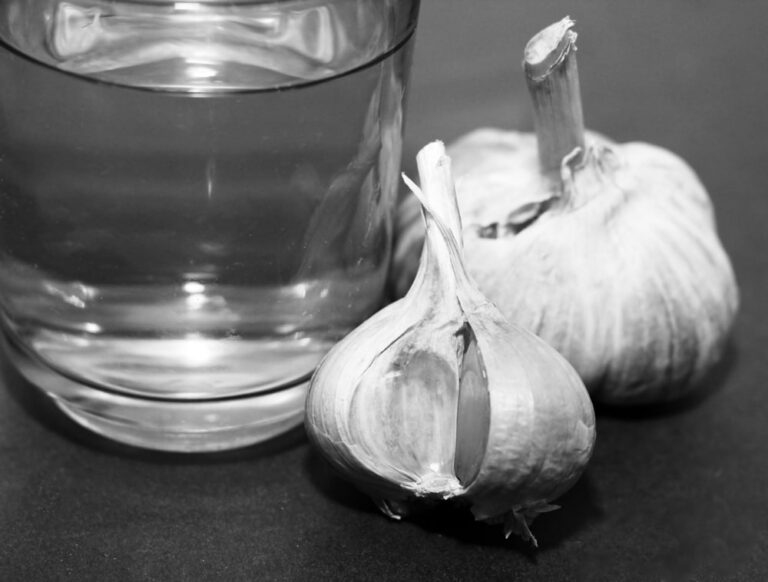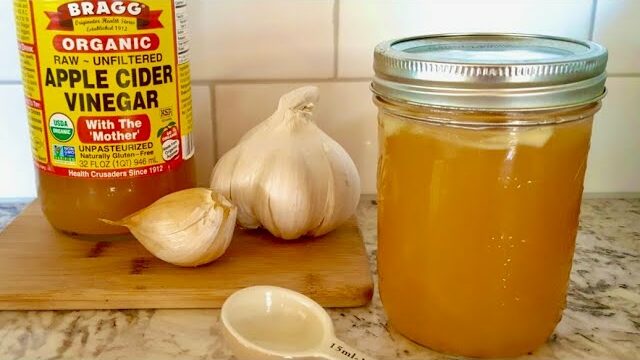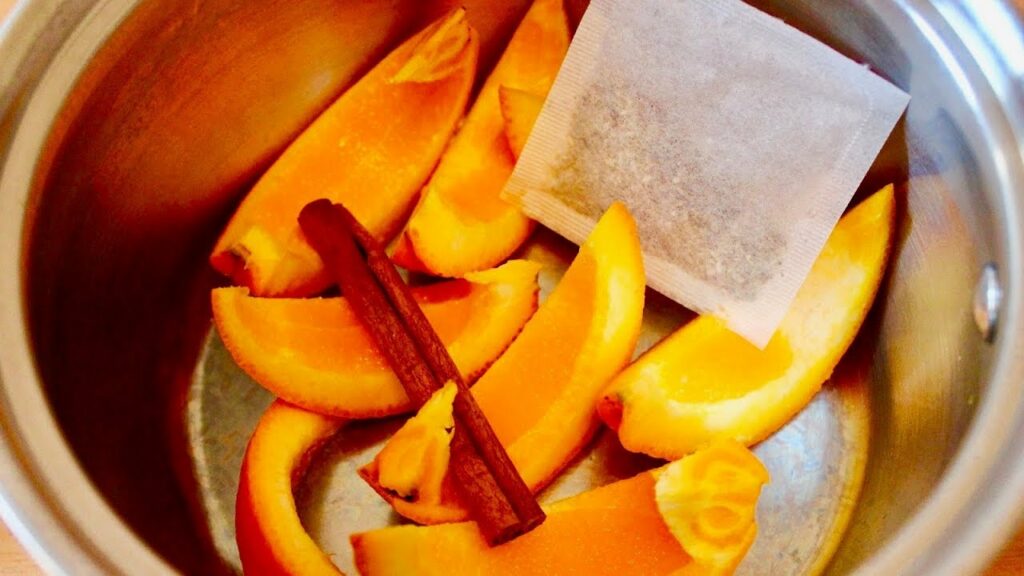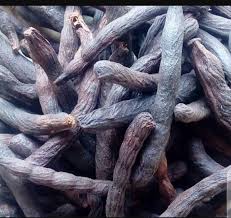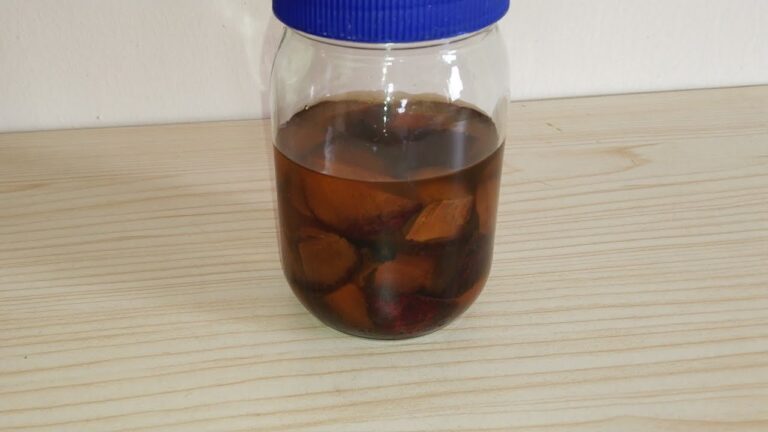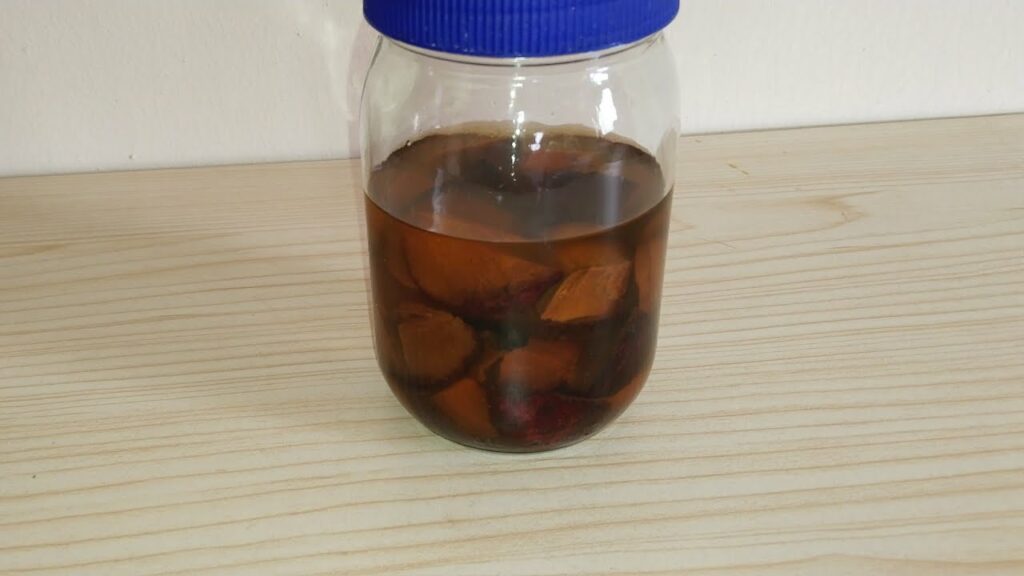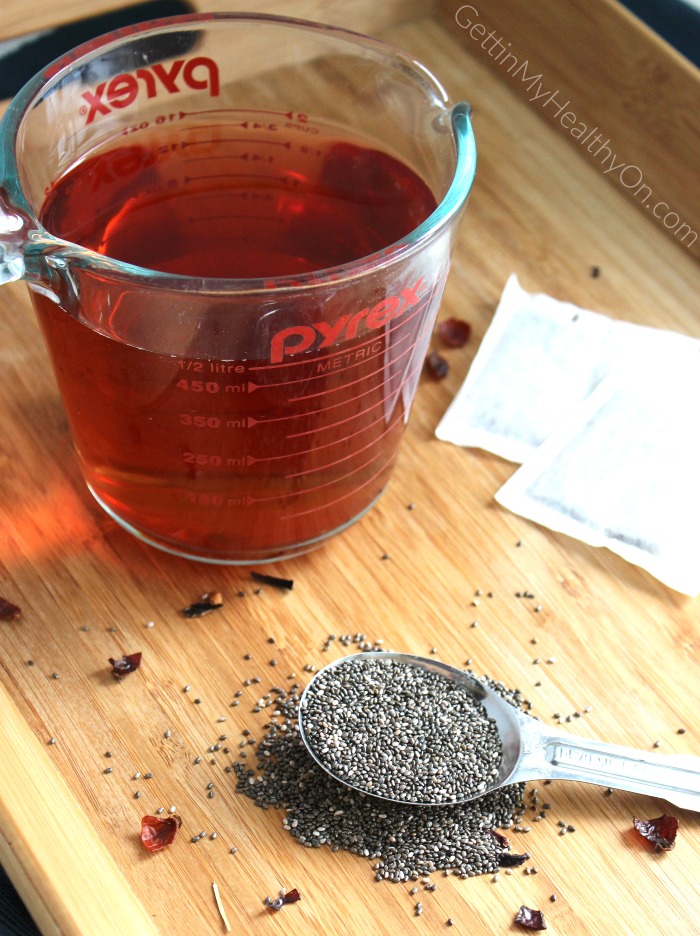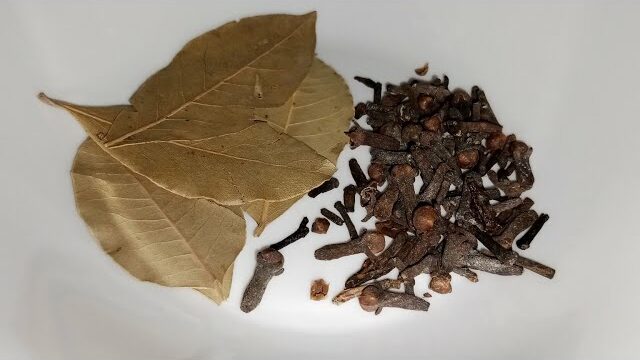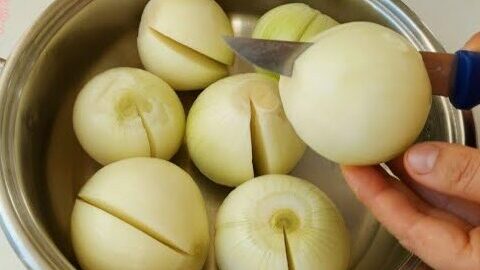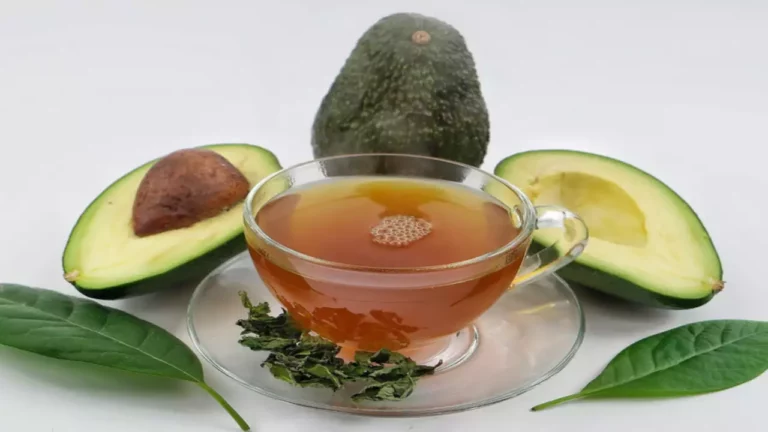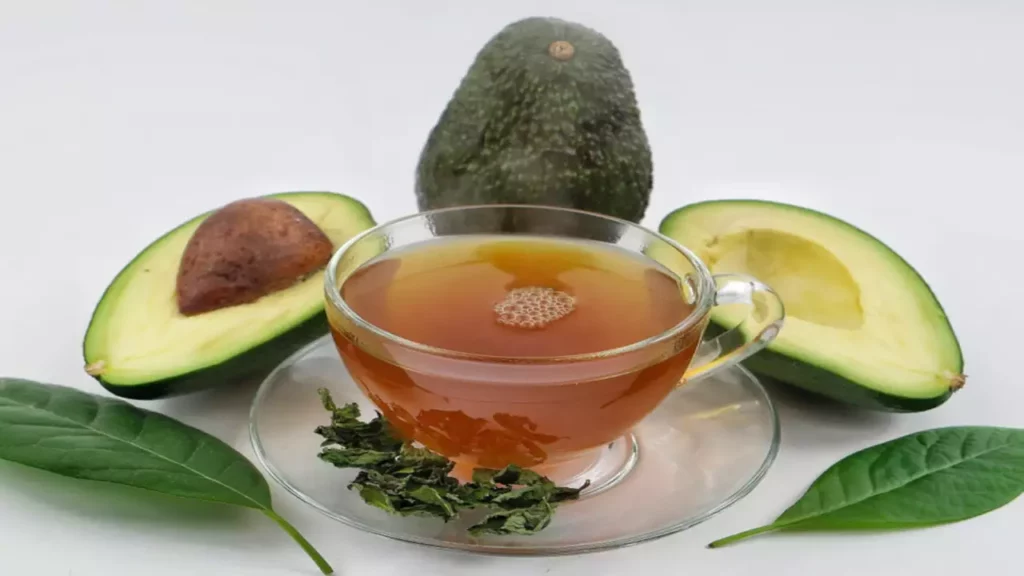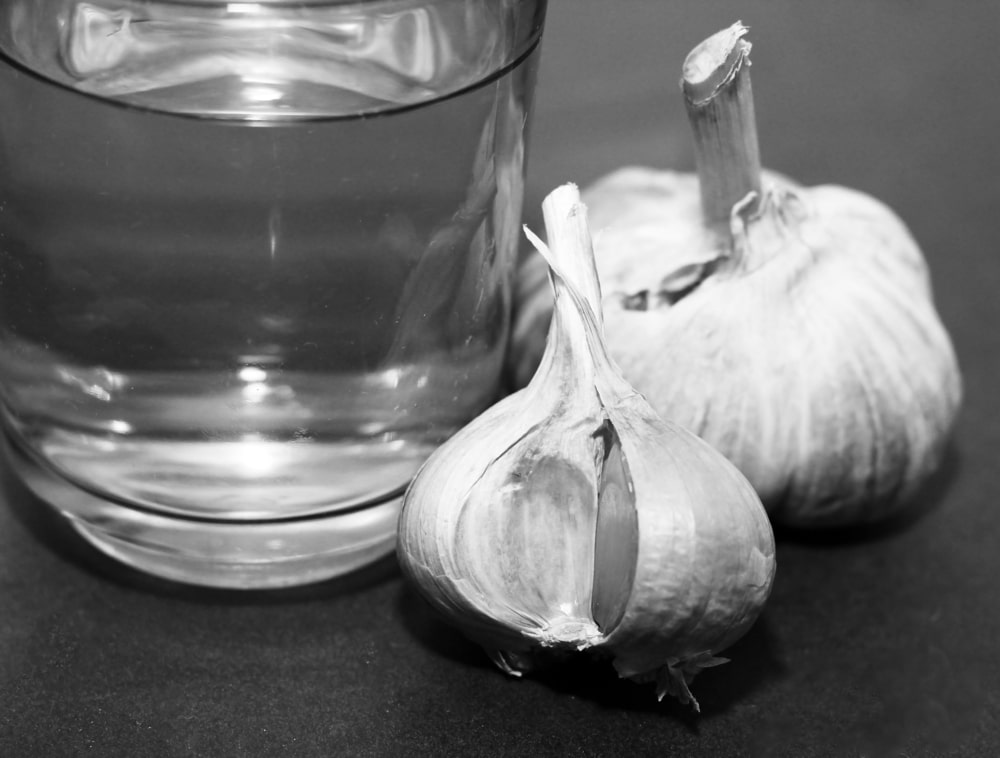
Garlic isn’t just a staple ingredient for adding flavor to your favorite dishes; it’s also a powerhouse of health benefits. Consuming garlic in the form of garlic water is an easy and effective way to enjoy all its health-promoting properties. Here’s why you might consider adding garlic water to your daily routine and how you can prepare it at home.
Benefits of Garlic Water
**1. Boosts Immune System: Garlic is well-known for its immune-enhancing properties. It contains compounds like allicin, which are believed to contribute to its ability to ward off colds and other infections. Regular consumption of garlic water can help keep your immune system strong.
**2. Improves Heart Health: Garlic has been shown to have a positive impact on your cardiovascular system. It can help lower blood pressure and cholesterol levels, reduce arterial plaque, and increase arterial elasticity. Drinking garlic water daily may help reduce the risk of heart disease.
**3. Has Anti-inflammatory Properties: The anti-inflammatory properties of garlic make it beneficial for reducing pain and inflammation throughout the body, which can be particularly helpful for those dealing with joint issues or inflammatory conditions.
**4. Supports Digestive Health: Garlic promotes healthy digestion and can help prevent or reduce bloating, gas, and indigestion. It’s also known to support the health of the gut flora, which is crucial for overall digestive health.
**5. Detoxifies the Body: Garlic is a natural detoxifier. It helps stimulate the liver to produce detox enzymes that help filter toxins from the digestive system. Drinking garlic water regularly can enhance these detoxification processes.
How to Make Garlic Water
Ingredients:
- 1-2 cloves of fresh garlic
- 1 cup of water
Instructions:
- Peel and Crush the Garlic: Start by peeling the cloves and then crushing them lightly to release their active compounds.
- Let It Sit: Add the crushed garlic to a cup of water and let it sit overnight at room temperature to infuse.
- Strain and Drink: In the morning, strain the garlic pieces from the water. Drink the garlic water on an empty stomach for best absorption and effectiveness.
Tips for Consumption
- For those new to garlic water, start with a small amount of garlic to see how your body reacts, as garlic is potent and can be strong on the stomach.
- You can add a teaspoon of honey or a few drops of lemon juice to enhance the flavor and add extra health benefits.
Conclusion
Garlic water is a simple, yet powerful health drink that offers a variety of benefits. Whether you’re looking to boost your immune system, improve cardiovascular health, or support your digestive health, garlic water might be the natural remedy you need. Give it a try and see how this age-old remedy can benefit your health in modern times!
